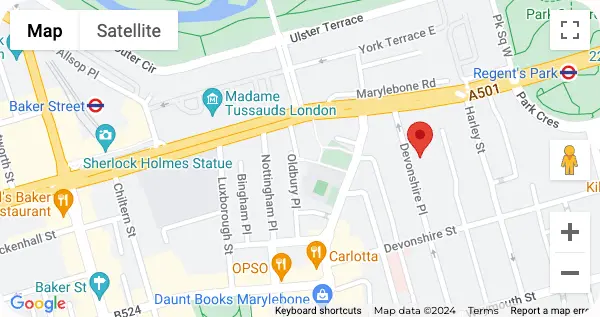Saggy Skins
What is Sagging Cheeks?
Sagging cheeks result from loss of firmness and elasticity of the skin causing the cheeks to droop into a less youthful contour. This is usually because the collagen and elastin fibers that keep our skin taut have weakened over time, which is natural as we grow older. However, it turns out that sun exposure, lifestyle habits, hormonal changes and even stress can all speed it up. Although sagging skin is a natural aspect of aging, it can both have an impact on facial anatomy as well as self-esteem. You may not know this, but several factors contribute to sagging cheeks, including dehydration, not taking good care of the skin, drastic weight loss, and even extended exposure to pollution and external factors. While sagging cheeks are not harmful physically, they can hugely affect a person’s physical appearance and self-confidence.
The Most Common Causes of Sagging Cheeks:
- Aging: The natural slowdown in the production of elastin and collagen causes our skin to lose firmness and encourage sagging.
- Hormonal changes: Hormonal fluctuations, particularly during the menopause or other hormone changes, can impact the structure and elasticity of the skin.
- Sun Damage: Extended exposure to UV rays breaks down collagen and erodes the support structure of the skin, an effect that contributes to sagging.
- Rapid Weight Loss: Losing weight too quickly or losing a lot of weight can lead to lost volume in the face, making the skin look loose and saggy.
- Poor Skincare: Not moisturizing enough, not using sunscreen, or failing to stick to a skincare routine can make skin age and sag more quickly.
What Does Sagging Cheeks Feel Like?
The experience of sagging cheeks can be disheartening, often bringing a sense of loss of control over one’s appearance. You may find that your cheekbones are less defined or a little hollowed out as skin gradually loses its youthful bounce. This can cause visible sagging over time that changes the natural contours of the face and affects confidence and self-image. Some common experiences related to sagging cheeks are:
- Loss of Firmness: The skin texture begins to look less taut and supportive, particularly around the cheeks and jawline.
- Hollowed Appearance: Loss of collagen and fat may cause cheeks to look sunken or deflated, which can add to an aged appearance.
- Laxity: The skin can start to droop, in turn causing a downward pull that causes the definition of the face to blur.
- Deepening Nasolabial Folds: More pronounced lines between the nose, cheek area and mouth as cheeks lose volume and lift.
- Jowling: Sagging skin in the lower face can result in jowls, which can change the youthful V-shape of the face.











